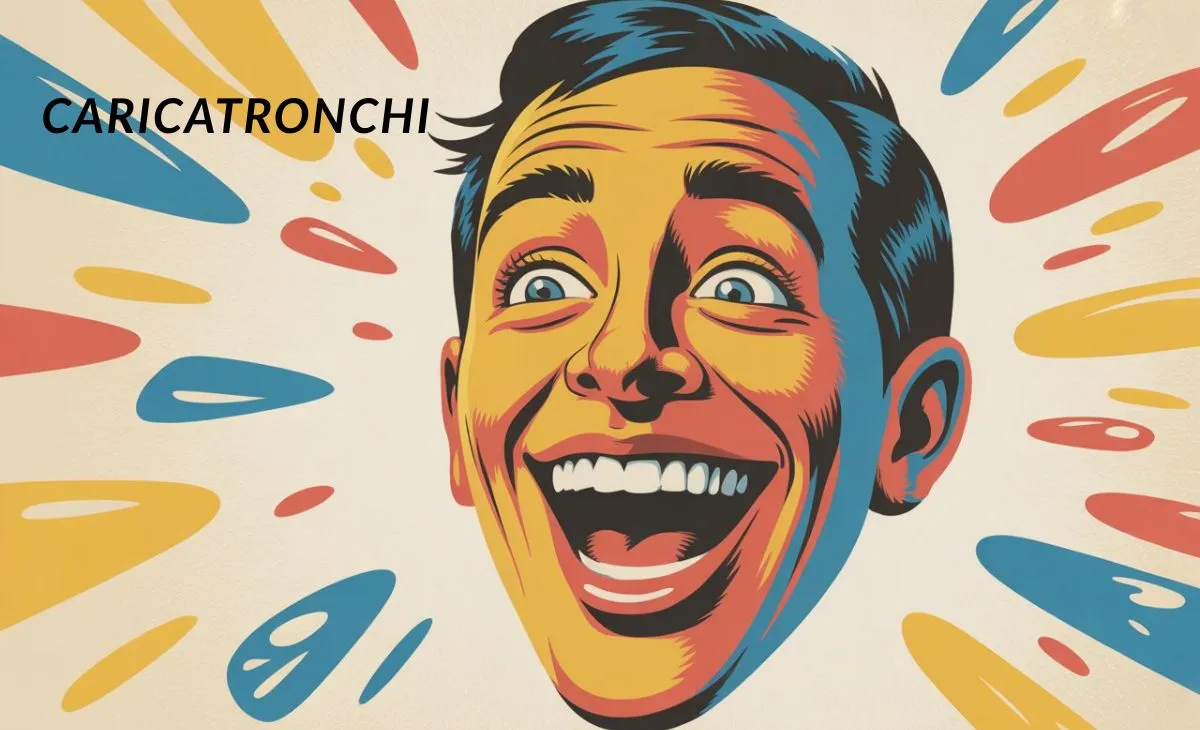In the world of creative expression, one term that captures both humor and depth is caricatronchi. This fascinating artistic style stands at the intersection of exaggeration, satire, and storytelling. While many see it as merely a playful form of caricature, caricatronchi goes beyond by blending social observation with expressive art. It challenges perception, reflects emotion, and invites viewers to see truth through distortion.
At its core, caricatronchi represents how humans communicate emotions, flaws, and realities in exaggerated form—revealing more than what a realistic picture ever could.
What Is Caricatronchi?
Caricatronchi can be described as a visual storytelling method that exaggerates specific traits, emotions, or features to make a point. It’s not limited to comedy or mockery—it’s a mirror that magnifies aspects of personality or society we often overlook. Artists use distortion not to insult, but to highlight authenticity.
In simpler terms, caricatronchi is an emotional magnifying glass. It transforms ordinary faces and situations into extraordinary reflections of human experience.
Historical Background
Though the exact origin of caricatronchi is debated, its roots can be traced back to Renaissance-era satirical sketches. During that period, artists like Leonardo da Vinci experimented with exaggerated portraits to explore human anatomy and expression. Later, the art evolved through European newspapers, where caricatures became tools of social commentary and political criticism.
Over time, the style developed into a more emotional and psychological form—no longer mocking, but revealing. The modern concept of caricatronchi thus bridges artistic humor with genuine introspection.
The Psychology Behind Exaggeration
Every distortion tells a story. The reason people respond so strongly to styles like caricatronchi is because exaggeration activates emotion. When a feature—like a large smile, tired eyes, or slumped posture—is intensified, the observer immediately connects to its emotional truth.
This psychological resonance is what makes caricatronchi more than just art; it becomes a form of empathy in disguise. Artists study body language, emotional cues, and social behavior to create characters that speak louder than words.
Caricatronchi in Modern Media
In today’s digital era, caricatronchi has found new life across online platforms, from editorial illustrations to animated features. Political cartoonists, social commentators, and digital illustrators employ this technique to express ideas that are difficult to verbalize.
Even branding and marketing use caricatronchi-inspired visuals—turning characters into bold, memorable symbols. The exaggerated style grabs attention and makes messages more relatable in seconds.
For example, many modern NFT and digital art projects use this exaggeration technique to reflect individuality, humor, and emotion—core principles of the caricatronchi philosophy.
Artistic Techniques Used
Creating caricatronchi artwork requires balance. Artists must walk a fine line between distortion and recognition. If a subject becomes too exaggerated, the essence is lost; too subtle, and the emotion disappears.
Common techniques include:
- Exaggerated proportions: Enlarging or minimizing certain features for emotional effect.
- Dynamic lines: Curves and gestures that express motion and energy.
- Color symbolism: Bright contrasts to reflect emotion or highlight irony.
- Textural variation: Mixing smooth and rough textures to build depth and contrast.
When done effectively, these techniques result in artwork that’s both entertaining and thought-provoking.
Case Study: Emotional Storytelling through Caricatronchi
Consider a modern illustrator who portrays city life through caricatronchi art. Instead of realistic faces, characters have stretched eyes, tilted smiles, and swirling backgrounds. Each detail represents a feeling—the exhaustion of workers, the curiosity of children, the chaos of urban speed.
Through exaggeration, the artist communicates emotions that photography cannot. Viewers instantly recognize themselves in those distorted yet familiar forms. That’s the power of caricatronchi—it connects deeply because it reflects life’s imperfections truthfully.
Why Caricatronchi Matters Today
In a world obsessed with perfection, caricatronchi reminds us that imperfection is human. It teaches that flaws can be beautiful, expressive, and honest. Artists embracing this form invite audiences to laugh, think, and feel simultaneously.
Moreover, caricatronchi offers freedom from digital filters and artificial beauty. It’s raw, emotional, and imperfect—qualities that today’s audiences crave more than ever.
Tips for Aspiring Artists
If you want to explore the world of caricatronchi, here are some practical steps:
- Observe real emotions. Watch how people express joy, anger, and surprise in their faces and gestures.
- Start simple. Focus on one exaggerated feature before creating full compositions.
- Balance humor with heart. The goal is not to mock but to reveal.
- Use colors wisely. Let your palette reflect the mood, not just the style.
- Keep learning. Study classic caricature artists, but give your work emotional depth.
Through experimentation and sensitivity, you can turn exaggeration into empathy.
Challenges in the Art of Caricatronchi
One of the hardest aspects of mastering this art form is knowing when to stop. It’s easy to over-exaggerate and lose the emotional essence. The best artists manage to exaggerate with purpose—each line and curve adds meaning.
Another challenge lies in cultural interpretation. What seems humorous in one culture might be offensive in another. True mastery involves awareness, respect, and empathy.
Future of Caricatronchi
The future looks bright for caricatronchi as digital tools evolve. AI-assisted design and virtual art platforms give artists new ways to experiment with distortion, color, and style. Interactive media may soon allow viewers to “enter” a caricatronchi world—where emotions and visuals blend seamlessly.
More than a trend, it’s becoming a philosophy of creative honesty in an increasingly polished world.
Conclusion
Caricatronchi is not just an art style—it’s an emotional language. It speaks of flaws, humor, and humanity through distortion. Whether on a canvas, screen, or print, it continues to captivate audiences by showing that beauty lies in imperfection.
If there’s one lesson to learn from caricatronchi, it’s that truth often hides behind exaggeration—and that’s what makes it so powerful.

